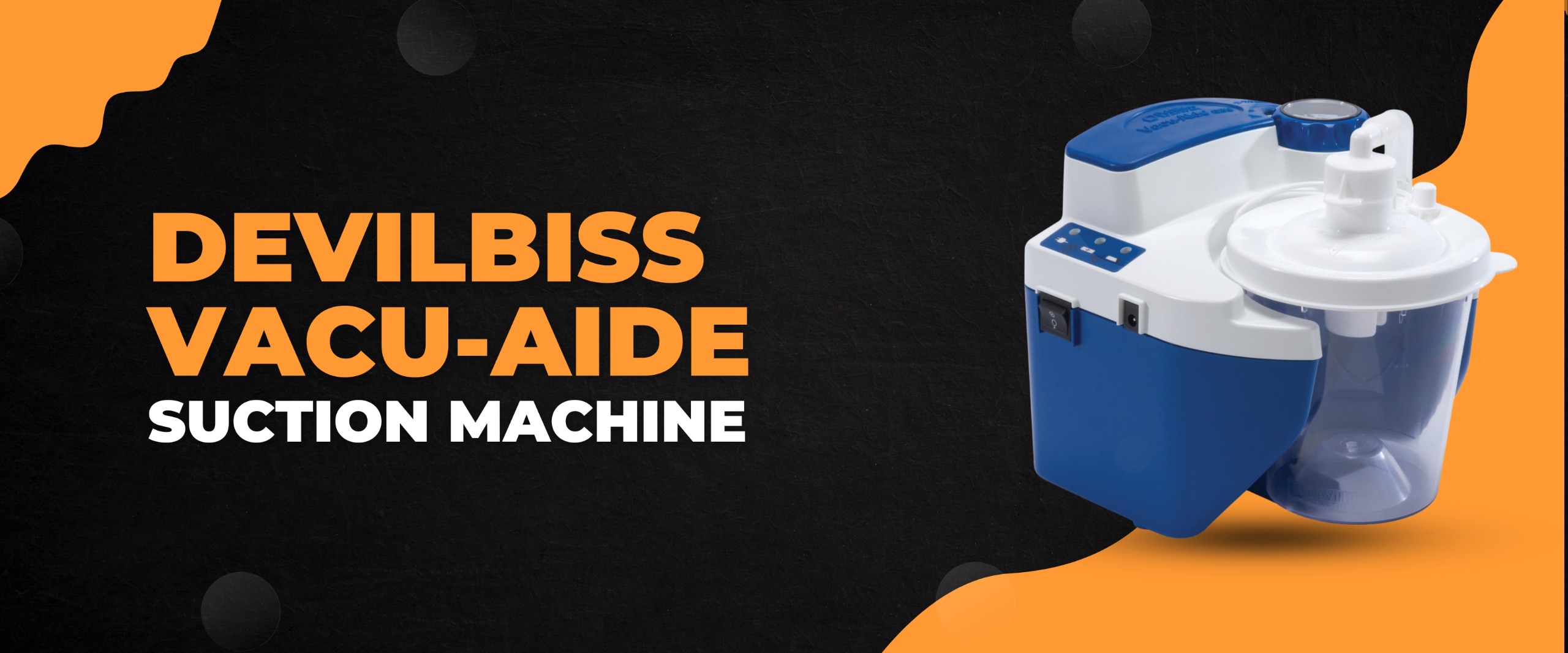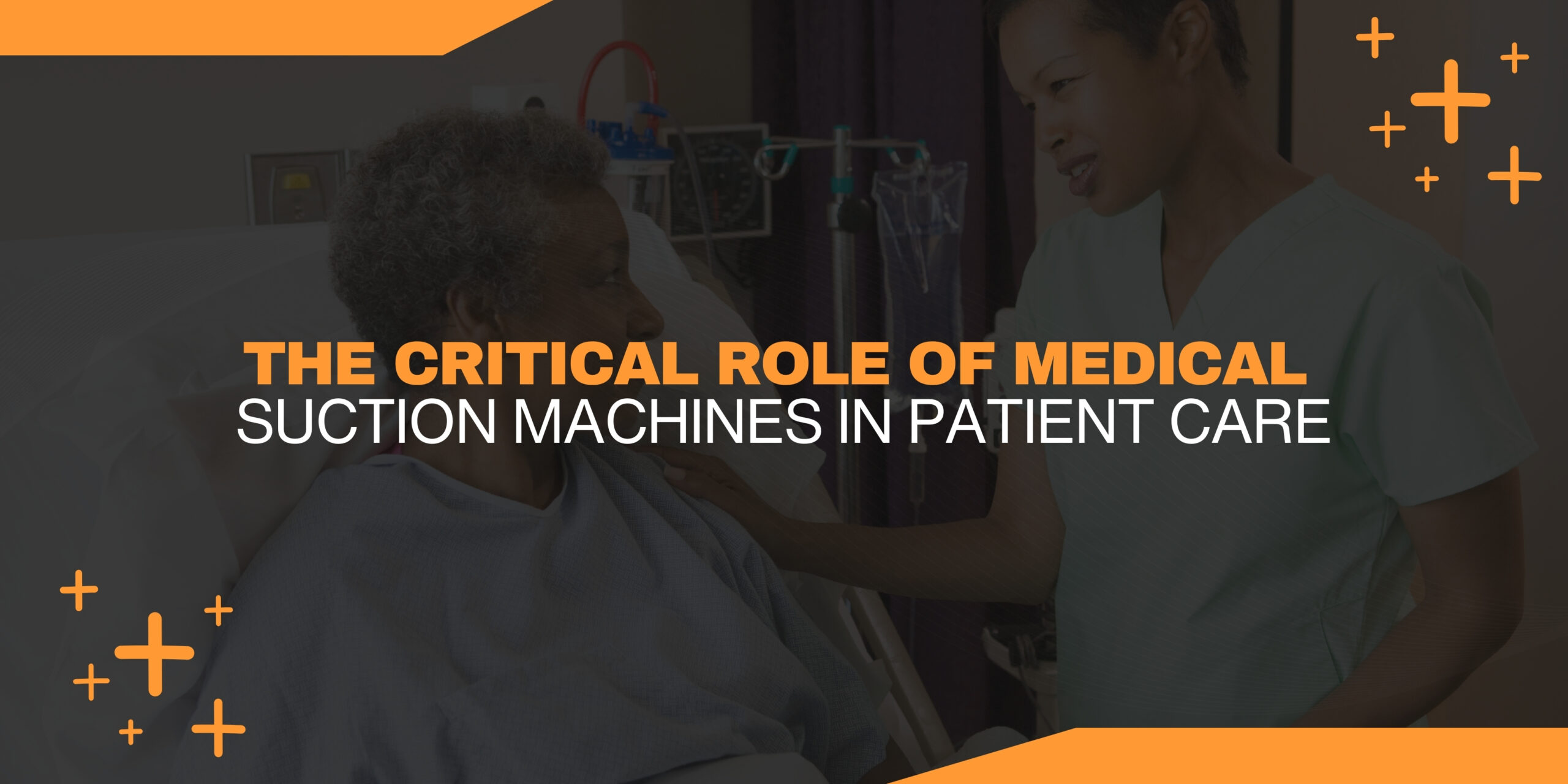Over time, the landscape of medical equipment evolved as technology improved to provide tools with greater precision, convenience, safety, and comfort. The medical suction device is one such tool that’s essential in patient care. This article explores its vital role in healthcare and clarifies how important this equipment is. At Astromed UAE, we specialize in providing reliable medical solutions, including the DeVilbiss Vacu-Aide Suction Machine, ensuring efficient and safe suction therapy for hospitals, clinics, and home care environments.
What are Medical Suction Machines?
Medical suction machines, also known as “suction”, remove fluids, gases, and other substances from a patient during surgery, emergencies, and other medical situations. The suction machines ensure that a patient’s airway is kept clear to reduce the risk of complications.
Relevant Terms:
- Medical suction machine
- Airway management
- Surgical procedures
- Respiratory therapy
- Dental suction
- Wound drainage
The indispensable role of medical suction machines

- Maintenance of a Clear Airway: One of the main roles of a medical suction device is to maintain a patient’s airway. Mucus, foreign objects, and saliva can block the airway during surgery, in an emergency, or for patients with respiratory problems. The suction machine quickly removes these obstructions, which can prevent potentially life-threatening situations.
- Clear Vision: During surgery, maintaining a clear vision for the surgeon is essential: The suction device removes bodily fluids and debris, which ensures a clear view for the surgeon and reduces the risk of complications.
- Respiratory therapy: Patients suffering from respiratory diseases such as pneumonia often produce excessive secretions that they cannot clear independently. Removing these secretions is supported by suction machines, which improve oxygenation and the patient’s comfort.
- Better visibility and reduced aspiration risk: Dentists use suction machines during dental procedures to keep the mouth clean and dry. It allows for better visibility and reduces aspiration risk.
- Wound Drainage – Infected cuts can produce pus or other exudates. The suction machine promotes faster healing by draining the exudates and reducing sepsis.
In Conclusion
Medical suction machines are often overlooked, but they are unsung heroes in medical equipment. The role of the medical suction machine in maintaining clear airways and assisting in surgery, respiratory therapy, dental procedures, and wound care is invaluable. We expect the efficiency and application of these machines to increase as technology advances, further solidifying their position in patient care. For more information on reliable medical solutions and to explore the DeVilbiss Vacu-Aide Suction Machine, visit Astromed UAE’s website today. Discover how our advanced medical equipment can support hospitals, clinics, and home care needs with precision and ease.
FAQs on Medical Suction Machines
What is the primary purpose of medical suction machines?
The main purpose of a syringe is to remove fluids and gases from the patient’s body to maintain clear airways during surgery and to improve visibility.
What are the different types of suction machines?
There are many portable units, such as those for emergencies, and larger units, like those for operating rooms.
How does the suction machine function?
This machine uses a vacuum to remove unwanted substances. These are then collected into a container system and disposed of safely.
Does the suction machine cause pain to patients?
It should not cause any pain when used properly. Some discomfort may be experienced, particularly during deep suctioning.

